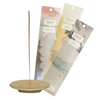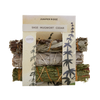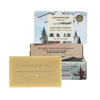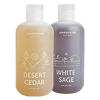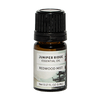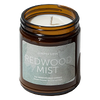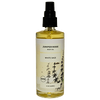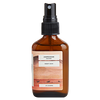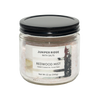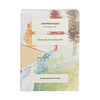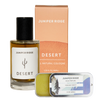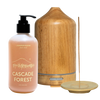
“On the wide level acres of the valley the topsoil lay deep and fertile. It required only a rich winter of rain to make it break forth in grass and flowers. The spring flowers in a wet year were unbelievable. The whole valley floor, and the foothills too, would be carpeted with lupins and poppies. Once a woman told me that colored flowers would seem more bright if you added a few white flowers to give the colors definition. Every petal of blue lupin is edged with white, so that a field of lupins is more blue than you can imagine. And mixed with these were splashes of California poppies. These too are of a burning color— not orange, not gold, but if pure gold were liquid and could raise a cream, that golden cream might be like the color of the poppies. When their season was over the yellow mustard came up and grew to a great height. When my grandfather came into the valley the mustard was so tall that a man on horseback showed only his head above the yellow flowers. On the uplands the grass would be strewn with buttercups, with hen-and-chickens, with black-centered yellow violets. And a little later in the season there would be red and yellow stands of Indian paintbrush. These were the flowers of the open places exposed to the sun.”
– John Steinbeck, East of Eden
If you ran into Hall at Smiley’s in Bolinas, you might be tempted to ask him “Where exactly do you harvest all these wildflowers?” You’d have a better chance of getting an answer if you asked the bees and hummingbirds. Secret coastal canyons north of Santa Barbara is the most detailed directions you will get out of the Juniper Ridge Field Team. What Hall will tell you about is the incredible wildflower bloom that exploded up and down the coast this year. From Anza Borrego desert washes to High Sierra alpine meadows, California was engulfed in a technicolor wave of poppies, lupines, coreopsis, Wooly Blue Curls, mustards, clovers and sages. More varieties of sage than you knew existed: hummingbird sage, pineapple sage, musk and rose. Sages white, black and purple.
In between hiking along the John Muir Trail with his daughter, and driving the Field Lab Van to Eagle Cap Wilderness in Northeast Oregon, Hall took a minute to divulge a few secrets:
“If I gave you that info I’d have to kill you!” he says, and laughs. Something in his eyes tells me he’s not completely joking. “Topanga Canyon [Field Lab] is our love song to the green, gooey, bursting-with-wildflowers lost and forgotten canyons of California’s gorgeous Central Coast. So to begin to answer your question, let me just say that all of the ingredients were harvested in the Central Coast region, from Santa Cruz to just north of LA.” Google “Super Bloom” and your browser will spit back an endless list of websites detailing the best places to see valleys transformed into rolling seas of flowers. Regarding the private ranches and hidden canyons were Juniper Ridge collects the flowers that comprise their olfactory snapshot of the bloom, Hall is uncharacteristically quiet. “If I seem like I’m being coy, I totally am! Not because I’m ashamed or not proud of how we do it, we always harvest sustainability and with permission, it’s more that…well, we’ve developed so much expertise in this, I don’t want to just give up our whole list. It suffices to say that everything in this bottle was harvested in the wild in the La Niña wet, wet, spring of 2017. Real coastal sages form the base notes, and then there are bouquets of wildflowers gushing over the top!” You have to admit there is magic in the mystery.
Just as quickly as they arrived, California’s wildflowers retreated. Spring rains gave way to summer sun. Arid soil quickly dried and crumbled, and with it the bloom. Lucky for us, Juniper Ridge was able to distill a drop of this ephemeral natural phenomenon. One spritz of this year’s Topanga Canyon Parfume and you are hiking up riparian canyons to hidden coastal fields of wildflowers. Dozing on a fragrant bed of technicolor blooms, pollen-drunk bees lazily buzzing about your head. Hummingbirds dive and dart, fervently defending their fiefdoms of sage and lupine from unseen barbarians. Unless you can bribe Hall into bringing you harvesting (a rare Stooges LP might do the trick), your best chance of experiencing the wonders of the bloom are found in a bottle of Topanga Canyon Field Lab parfume or body oil.

